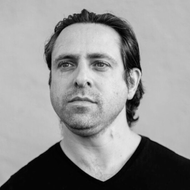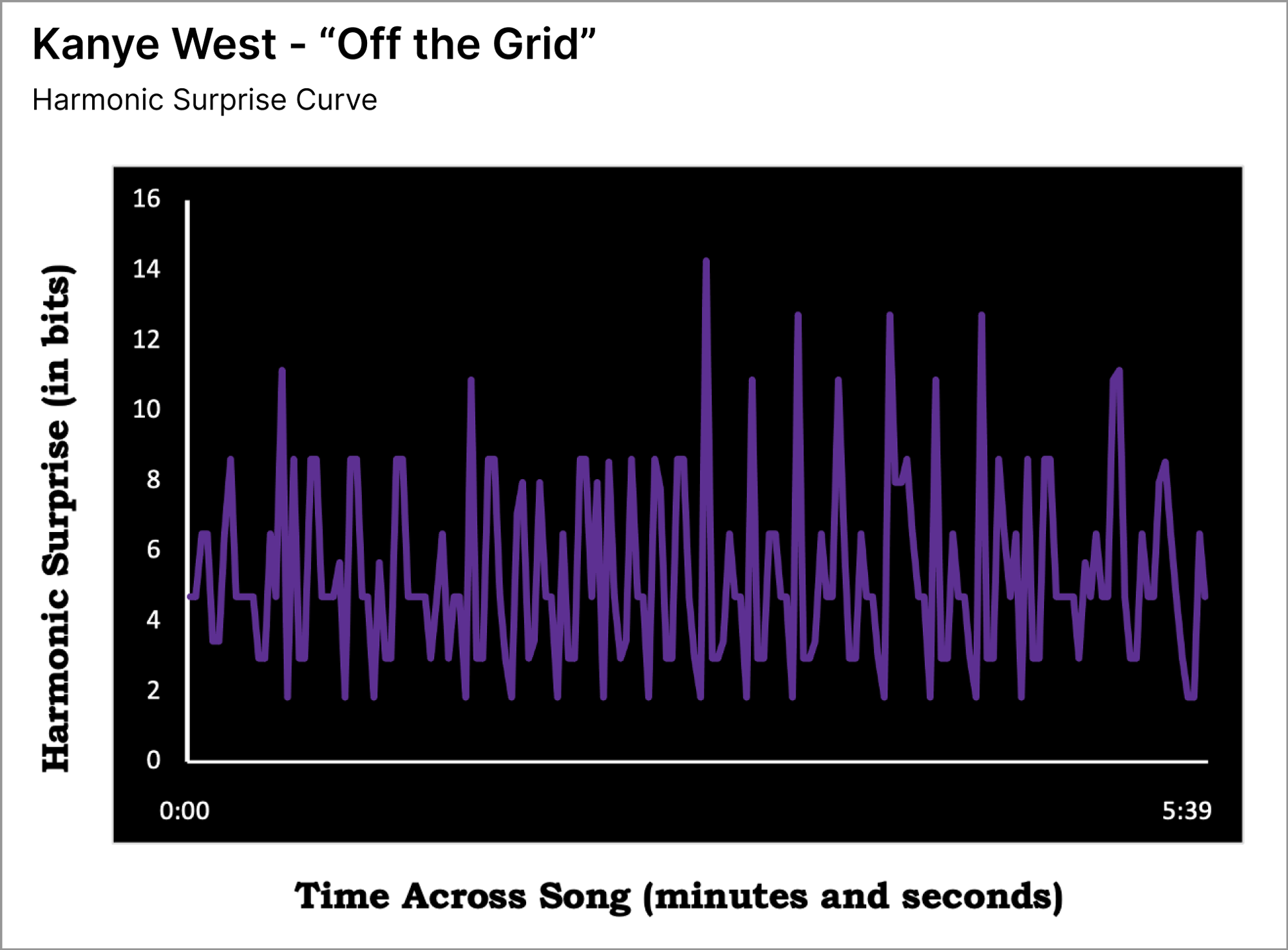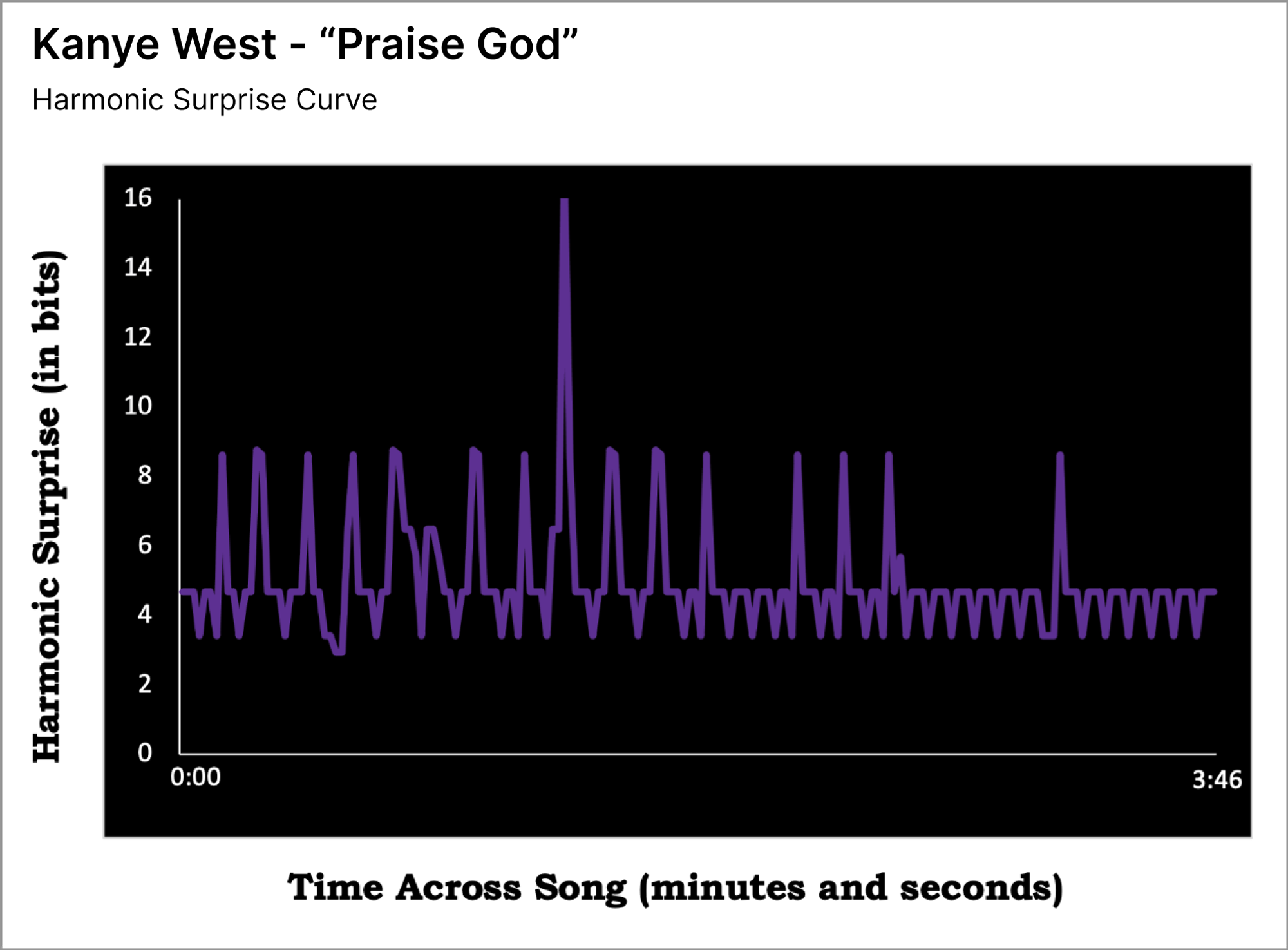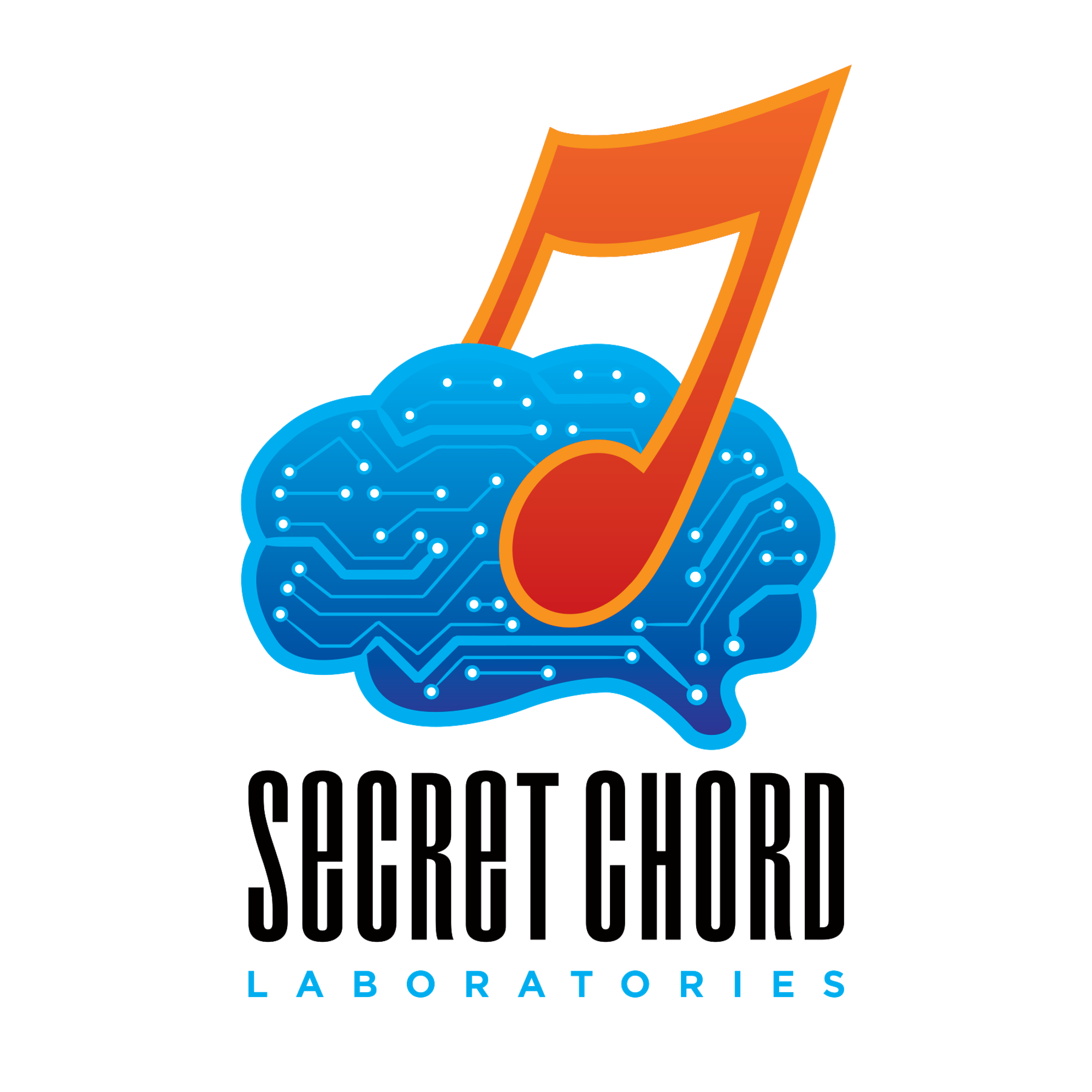Kanye says ‘Most rappers’ taste level ain’t at my waist level.’ Neuroscience says he might be right.
[HYPEBOT EXCLUSIVE] From the moment Kanye West dropped Donda, fans and critics have voiced strong opinions. The neuroscientists at 2021 Midemlab Music Startup finalists Secret Chord Laboratories weigh in.

By Scott Miles, PhD, Chief Visionary Officer at Secret Chord Laboratories
Donda
After many false starts, delays, and listening parties, Kanye West finally dropped his tenth studio album, Donda, dedicated to his late mother, on August 29th. The critical response has been mixed at best. Many outlets were quick to dismiss the project as unfocused and underwhelming. The Guardian gave Donda two stars, claiming that despite the presence of “sustained brilliance”, the record was “in need of an edit”.
Ed Potton of The Times wrote, “When it’s good, however, it’s very, very good. A typically ambitious and painfully honest album that veers, like its creator, between tortured and rapturous.”
Now that listeners have had time to spend with Donda, plenty of Kanye fans are passionately pleased with the project. How could the same work be panned in the press when first released, but grow to be loved by dedicated fans? It might be helpful to look to what neuroscience has to say.
The neuroscience weighs in
At Secret Chord Laboratories, we examine music through the lens of neuroscience, from what research has to say about how music is perceived in the brain. This approach looks at the content of the music alone—it does not take personal beefs, memes, or marketing stunts into account. There are powerful insights to be gained, though, by looking at an album **from a neuroscientific perspective. This is what the software platform dopr, developed by Secret Chord Laboratories, was made to do.
Donda is an unconventional project from an unconventional artist. In addition to some questionable choices of guest artists and the album’s unusually long duration, there are aspects of the musical content itself that are outside the norm. For example, there are long stretches within some songs where drums are noticeably absent. This is almost unheard of for a hip hop album.
Another interesting aspect of the production on Donda could help compensate for the lack of drum tracks in some places; the low-end of the frequency spectrum, specifically the part below ~800 Hz, is boosted throughout each song. This is done using a low-pass filter, and it is a technique used for many years, for example by Drake producer Noah “40” Shebib. It has only been recently adopted in Kanye’s work.
It has been shown that lower frequencies in the audible spectrum are more conducive to neural beat tracking. It seems humans have evolved to follow rhythms more easily within low-frequency sound. The neurons in our brain can actually synchronize their firing with the beat at these frequencies. It is possible that with the enhanced bottom end of the spectrum in the songs on Donda, listeners are still able to fully feel the rhythm, even without drum sounds.
There’s an expected way to violate expectation
One of the biggest conventions we have seen abandoned, through analyzing Donda with dopr, is that of ideal harmonic surprise patterns. Our neuroscience research has shown that specific patterns of harmonic surprise*—*expectation violation through the use of rare chords—leads to a dopamine pleasure response in the brains of listeners.
Commercially successful songs tend to follow a very specific pattern: two or three increased harmonic surprise sections, each preceding a low-surprise chorus, and then a section with the song’s highest level of harmonic surprise about 3/4 of the way through, usually within a bridge section.
This typically successful pattern of surprise leads to a satisfying effect of tension and release. The release of tension during each chorus is accompanied by a dopamine pleasure response in the brain of the listener.
.png?table=block&id=0be33473-d79d-4b93-914b-d5f369e27e06&spaceId=aedc379a-465f-4f04-bb76-4fbe8cefb072&width=2000&userId=&cache=v2)
The chart above demonstrates this prototypical effect that shows up for many of the most commercially successful songs on the Billboard charts. The data used to make the chart represents average values from hundreds of recent top-charting songs. Harmonic surprise is represented in the vertical axis, with higher harmonic surprise (rarer chords) represented by a taller line, and lower harmonic surprise (more common chords) represented by a shorter line, as time goes by in the song from left to right. The first two sections of higher surprise are verse sections preceding the chorus, and the highest peak, later in the song, is typically the bridge.
We have published work showing that harmonic surprise has been increasing over the years in top-charting popular music from 1958 to the present. As highlighted in Ars Technica, a key example of a recent song with ideal harmonic surprise was the 2018 Grammy-winning hit, This Is America, by Childish Gambino. The harmonic surprise curve of this recent song features more drastic peaks and drops than might be seen with hit songs of previous decades. Nevertheless, the typical pattern of tension and release across the duration of a commercially successful song has remained relatively consistent over time.
Kanye uses harmonic surprise unconventionally

We had dopr analyze two early hits from Donda: “Off the Grid” and “Praise God”.
We found these songs featured an unusually rapid and repeating pattern of tension and release through harmonic surprise. As you can see in the harmonic surprise curves below, neither of these songs has the typical commercially successful pattern of harmonic surprise outlined above (with three or four clear peaks and extended low-surprise choruses). It is as if Kanye’s songs took the harmonic surprise curve from an entire typical commercially successful song, compressed it, and repeated it dozens of times within each of these tracks.


A good part of the rare chords that contribute to this elevated surprise effect are consistent with gospel music theory. This makes sense, as Kanye’s devotion to Christianity is a major theme of the record. For example, “Praise God” repeatedly features the secondary dominant of the minor six chord (V of vi). This chord is also prominent in Leonard Cohen’s spiritual song “Hallelujah”. In fact, there is evidence that this secondary dominant is the “secret chord” Cohen sings about in that song. You can read more here about how our research supports this idea.
It is true that gospel music tends to incorporate more chords that are “rarely used”, in relation to other popular music. This does not mean, however, that commercially successful gospel music does not conform to the commonly successful pattern of harmonic surprise. We have found that the harmonic surprise curves of the most successful gospel songs tend to fit the basic shape of that typical pattern, if only with higher peaks due to the use of more chromatic (outside the key) chords.
There is a reason that the common successful pattern of harmonic surprise—with tension built and relieved before and during each chorus, and peak surprise 3/4 of the way through—seems to have worked over the decades. The brain usually needs time to get used to a chord pattern before it is interrupted and subsequently relieved within a clearly defined chorus. This is not what the two songs we analyzed from Donda do. There are no clearly defined chorus sections where tension is relieved for a sustained amount of time, and the peak harmonic surprise occurs early in both songs, rather than near the end.
It shouldn’t be a shock, however, that Kanye’s songs do not follow patterns that have been historically successful for others. After all, this is the artist who once said, “I feel like I’m too busy writing history to read it.”
The Familiar Surprise effect
A major component of Kanye’s appeal has been as an innovator and rule-breaker; the fact that he goes far beyond historically successful patterns of harmonic surprise is part of Kanye’s appeal. You wear his innovation as a badge of honor as a fan. In fact, he has likely built the expectation with fans that he must surprise more than others. It’s his brand. Innovate or die. The perception of art is all about expectations. Taste. Kanye has famously claimed, “Most rappers’ taste levels ain’t at my waist level.” There could be something to that claim.
At Secret Chord Laboratories, our research has revealed what we call the Familiar Surprise effect: an interaction between implicitly perceived surprise within the structure of a song on one hand, and explicitly perceived familiarity with a song on the other. This interaction involves the two distinct memory systems of your brain, activating when you perceive auditory stimuli.
One memory system implicitly processes patterns within a song, using the patterns internalized early in your life as a reference for judging how surprising they are. It’s an unconscious process. This system generally prefers surprise, in the pattern of tension and release mentioned above.
The other memory system explicitly processes the content of the song and compares it to what you have heard before, even within the past few days. It’s a conscious process. This system generally prefers *familiarity—*content that you’ve heard before.
You want to hear music that is interesting, and music you know.
The reason that optimally enjoyed songs are those with Familiar Surprise is because of how your dopamine reward system works. Dopamine is a learning molecule. You like music that features implicitly surprising patterns, that you are also explicitly familiar with, because of a cultural “hack” in evolution:
It tricks your brain into acting as if you have learned something interesting.
You hear surprise in a song you know, and your brain rewards you for having gained valuable knowledge. This is a big part of why you enjoy music. It’s why you crave new music, but also why saturation through radio airplay has historically been crucial in the marketing of popular music.
There is an interaction between surprise and familiarity. Our research has shown that when one is increased, it can require the other to also be increased, in order to lead to enjoyment.
More familiarity? You want more surprise.
More surprise? You want more familiarity.
This seems paradoxical, but it can be understood in terms of interactions between the two distinct brain systems.
When surprise is unusually high, it takes unusually high familiarity to enjoy it.
It’s possible that Kanye’s biggest fans were taken aback by the unconventional harmonic patterns in Donda at first, but because of their devotion to the artist due to his previous work, they gave these new songs a chance. This allowed them to develop increased familiarity to the music, and the threshold of harmonic surprise increased for them individually as a result.
This “shifting of the surprise curve” with increased familiarity is consistent with our research. The result is that the most ardent fans are willing to give more “experimental” pieces a shot, and because of this their individual harmonic surprise “tolerance” shifts upward. The die-hard fans will make the effort to develop the familiarity needed to appreciate such unconventional content.
The effect can be seen in the increased creative risks taken late in the careers of prolific artists such as The Beatles and Radiohead. Many of these risks paid off, but it is uncertain whether other artists without the same dedicated fanbase would have been rewarded for them.
It’s why people who are new to jazz are told to listen to the earlier, more conventional works by John Coltrane before trying to appreciate his later avant garde work like A Love Supreme. This effect is also seen in the later careers of visual artists such as Picasso. This is fitting, since West has famously been quoted as saying, “I am Picasso.”

Pablo Picasso and Kanye West. In 2016, Kanye released an album entitled The Life of Pablo.
Maybe the critics and fans are both right
When Donda was released, critics called it unfocused and some said they did not want to bother to even give it a second listen. Over a month later, dedicated Kanye fans are calling the project a masterpiece. It is possible that both perceptions are justified.
The benefit of cultivating a passionate and loyal fanbase goes beyond simply having an audience that is willing to accept whatever you put out. Neuroscience shows that because of the two distinct memory systems of the brain, when dedicated supporters of an artist are willing to devote the time to develop familiarity, this actually helps them appreciate the surprise within works that stretch the bounds of creativity. When people listen to music over and over again, they are reshaping the musical expectations in their brains, even for the next listen of the same song.
At Secret Chord Laboratories, we use neuroscience and artificial intelligence to understand this process. By modeling the expectations of listeners, our platform dopr is able to give insights into how music will be perceived—even before it is released.
dopr – An artificial intelligence music enjoyment prediction platform based on neuroscience
The dopr platform is able to model how listeners will perceive any piece of music, by examining not only harmony, but also melody, rhythm, timbre, texture, dynamics, and lyrics. Through an analysis of harmonic surprise alone, dopr was able to find evidence to back up the reactions to Donda, from critics and fans alike.
While information about such reactions might be widely available for huge artists like Kanye West, many creators do not have access to the tools and feedback that superstars enjoy. We have created dopr as a platform to democratize access to key insights informing decisions for music creators everywhere.
At Secret Chord Laboratories, we want every music creator to make the best creative and business decisions possible. Through our artificial intelligence machine listening platform, dopr, we provide artists with neuroscience-powered, cloud-based tools that inform production, release, marketing, and budgeting decisions.
By bringing previously inaccessible knowledge power to the music industry’s middle class, our aim is for creators to gain insights that will give them an edge when competing among the 74,000 songs uploaded to Spotify daily.

Secret Chord Laboratories provides music creators and their teams with neuroscience-powered, cloud-based tools that inform decisions throughout the lifecycle of a song. Building on the concepts from our co-founders’ groundbreaking neuroscience research, our machine learning platform dopr helps creators push their boundaries, forecast performance, and maximize the connection with their audience
httpswww.youtube.comwatchv=oXYzrPpQQfA